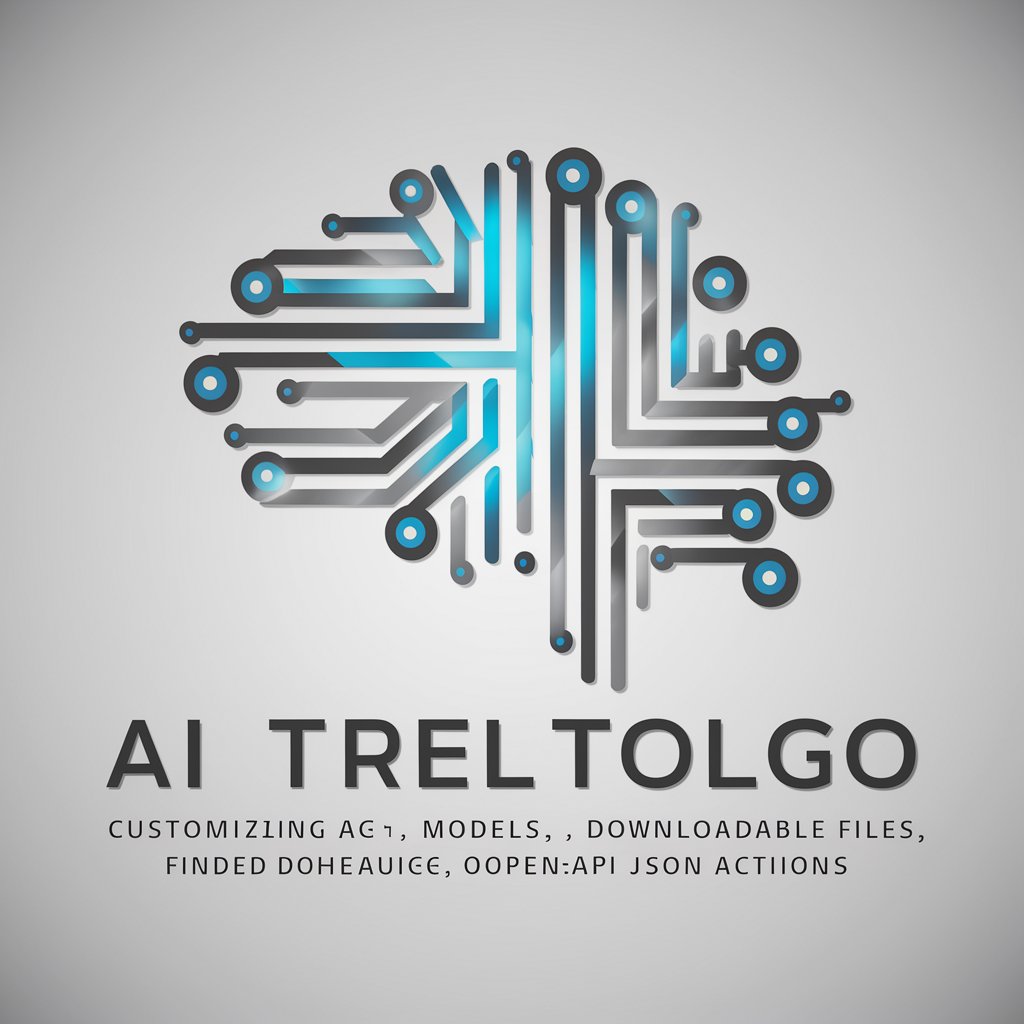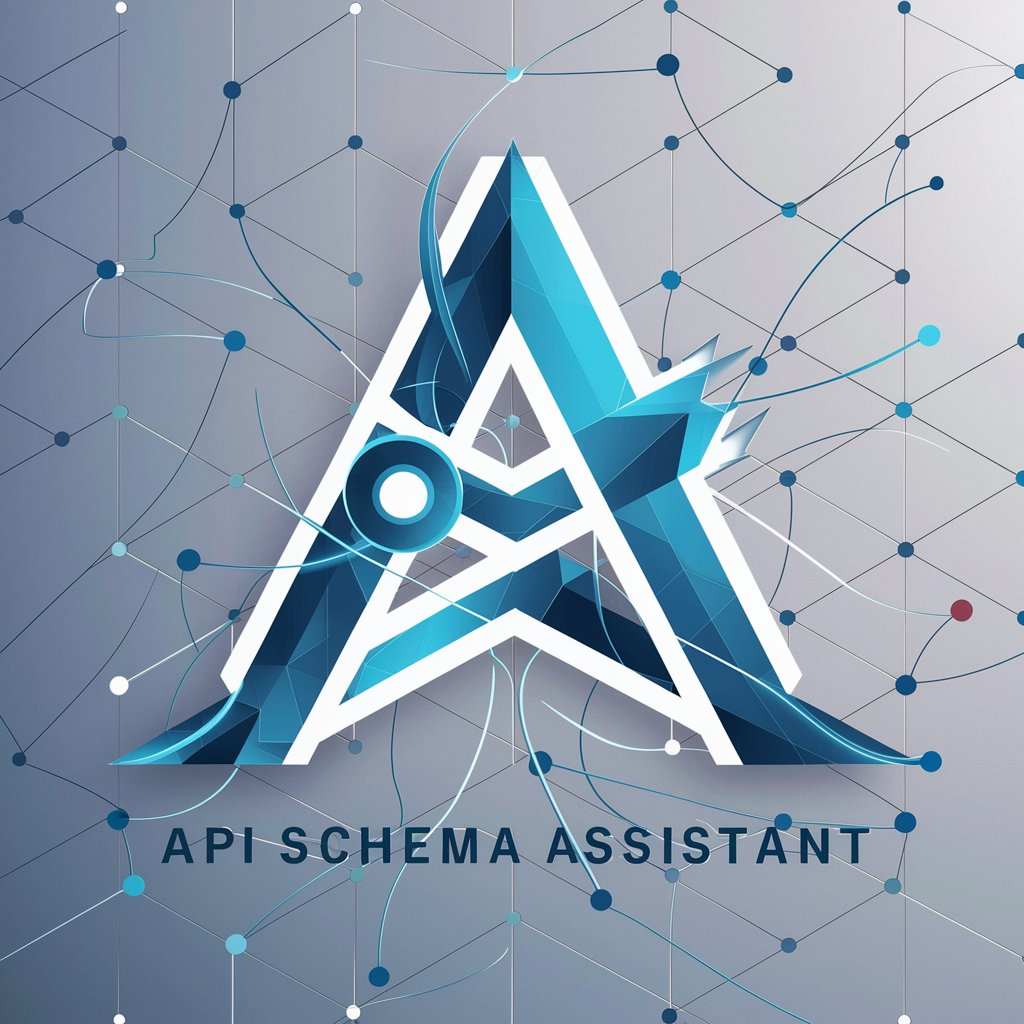
API Schema Wizard 🧙🏼 - API schema automation tool

Welcome! Let's craft the perfect OpenAPI schema for your API. 🧙🏼
Automate API schema creation effortlessly
Describe the authentication methods available in your API...
Outline the response format for a specific endpoint in your API...
Specify any required parameters for your API endpoints...
Explain the base URL and its significance in your API...
Get Embed Code
API Schema Wizard 🧙🏼 Overview
API Schema Wizard 🧙🏼 is designed to assist developers, technical writers, and software teams in generating OpenAPI schemas from existing API documentation. This specialized tool translates textual API documentation into structured OpenAPI Schema in JSON format, making it easier to create, update, and maintain API documentation and client libraries. By automating the schema generation process, it reduces manual errors, saves time, and ensures consistency across documentation. An example scenario where API Schema Wizard can be particularly useful is when a company wants to update their RESTful API documentation after adding new endpoints or modifying existing ones. Instead of manually updating the OpenAPI documentation, which is prone to errors and inconsistencies, the team can use API Schema Wizard to automatically generate an accurate and up-to-date schema directly from their updated API documentation. Powered by ChatGPT-4o。

Core Functions of API Schema Wizard 🧙🏼
Analyzing API Documentation
Example
Given a text description of a new endpoint that retrieves user profiles, including request parameters and response structure, API Schema Wizard can parse this description and generate the corresponding OpenAPI paths, parameters, and response schemas.
Scenario
A development team is documenting a new feature that allows retrieving user profiles by ID. Instead of manually creating the schema, they input the documentation text into API Schema Wizard, which outputs the precise OpenAPI specification for this endpoint.
Generating OpenAPI Schemas
Example
From a detailed description of API endpoints, including HTTP methods, request bodies, and response formats, API Schema Wizard produces a complete OpenAPI schema. This schema includes paths, methods, parameters, request bodies, responses, and even authentication requirements.
Scenario
After a major release, a software company needs to overhaul its API documentation. By inputting the new API descriptions into API Schema Wizard, they quickly generate an updated OpenAPI schema that reflects all changes, ensuring their documentation is accurate and comprehensive.
Updating Existing Schemas
Example
When given both an existing OpenAPI schema and new API documentation, API Schema Wizard can identify the changes needed and update the schema accordingly, including adding new endpoints, deprecating old ones, or modifying existing structures.
Scenario
A financial services company periodically adds new endpoints to their API to support additional banking services. Using API Schema Wizard, they can efficiently update their OpenAPI documentation to include these new services, keeping developers and integrators well-informed.
Who Benefits from API Schema Wizard 🧙🏼?
API Developers
Developers working on designing, building, or maintaining APIs will find API Schema Wizard invaluable for quickly generating and updating OpenAPI documentation, saving time and reducing the likelihood of errors or inconsistencies in API documentation.
Technical Writers
Technical writers responsible for creating and maintaining accurate API documentation will benefit from using API Schema Wizard to automate the schema generation process. This tool allows them to focus more on writing user guides and less on the technical specifics of API schemas.
Software Development Teams
Teams working on projects that involve frequent updates to APIs will appreciate the efficiency and accuracy that API Schema Wizard provides in keeping their OpenAPI documentation synchronized with the actual API implementation, facilitating better communication and integration efforts.

How to Use API Schema Wizard 🧙🏼
1
Visit yeschat.ai to start using API Schema Wizard 🧙🏼 without signing in or subscribing to additional services.
2
Review available API documentation or have your API details ready to ensure accurate schema generation.
3
Input your API details into the wizard, including endpoints, parameters, and authentication methods.
4
Generate the initial OpenAPI Schema using the wizard and review it for any necessary corrections or optimizations.
5
Utilize the output schema in your development environment or API management tools to streamline API integration and testing.
Try other advanced and practical GPTs
Commercialista Italiano
Your AI-powered guide to Italian business.
Canadian Accountant GPT (CPA, ASPE, IFRS)
Empowering Accounting Decisions with AI

Lux GAAP vs IFRS
Navigate financial reporting with AI-powered Lux GAAP vs IFRS insights.

IEP ASSISTANT OFFICAL ✔️
Empowering IEP Development with AI

Landlord's Locker
Empowering Landlords with AI

Looper
Explore Topics with AI-Driven Depth

Scholarly Insight Reviewer
Empowering your research with AI

Swagger creator
Streamline API documentation with AI

Poker Strategy Ace
Strategize Smarter with AI-Powered Poker Advice

Ace Advisor
Your AI-Powered Poker Coach

SEO Pro Listing
Elevate Etsy with AI-powered SEO

Handmade Crafts SEO Expert
Elevate your Etsy listings with AI-powered SEO insights.

Detailed Q&A About API Schema Wizard 🧙🏼
What is the main function of the API Schema Wizard?
API Schema Wizard 🧙🏼 assists in generating OpenAPI schemas from API documentation to streamline the creation, management, and integration of APIs by automating the schema generation process.
Can I use this tool for any API?
Yes, API Schema Wizard 🧙🏼 is designed to work with any API as long as the necessary documentation is provided, detailing the API's endpoints, methods, and other relevant configurations.
How does the wizard handle different authentication methods?
The wizard can incorporate various authentication methods into the OpenAPI schema, including basic, API key, and OAuth2, based on the information provided during the input phase.
Is there support for real-time collaboration?
While API Schema Wizard 🧙🏼 primarily focuses on schema generation, collaboration features depend on the environment in which the tool is used, such as API management platforms or development environments that support collaboration.
What are the benefits of using this tool over manually writing an API schema?
Using API Schema Wizard 🧙🏼 reduces errors, saves time, and ensures compliance with industry standards by automating the generation of OpenAPI schemas, making the API more reliable and easier to integrate with other services.





